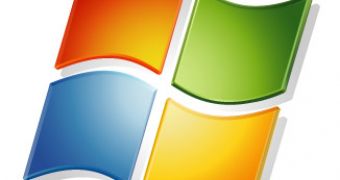The open source Linux operating system is, along with the UNIX-based Mac OS X, one of the main competitors of Windows. Still, Microsoft fails to regard Linux as a real threat. Craig Mundie, Microsoft's Chief Research and Strategy Officer downplayed the relevance of the open source client in respect to Windows. Mundie is one of the two top Microsoft executives to fill Bill Gates' shoes following his departure from a day-to-day role in Microsoft in July 2008. The other is of course, Ray Ozzie, Chief Software Architect, which has already assumed Gates' CSA title and role.
"Well I don't know whether I think it is a great threat to Windows. I think that there is a contingent in the marketplace who want to experiment with those technologies, or have environments in which they want to deploy them," Mundie revealed as cited by APC, adding that a jump in Linux adoption would impact Microsoft. "But many people predicted a few years ago that the same thing was going to happen in the server business and in fact last year was notable in that it appears that the Linux server marketplace plateaued in terms of growth, while the Windows server business gained share."
On the server-side Windows accounts for over 80% of the market, while Linux for just 8%. In terms of client operating system, the open source platform is even worse off, at under 1% of the market, according to Market Share by Net Applications. In contrast Microsoft owns over 93% with Windows. And in fact Windows Vista had, at the end of its first six months on the market, a market share larger than Linux and Mac OS X. While downplaying Linux, Mundie was also putting down the deals Dell, Acer and HP inked with distributors of the open source operating system to preinstall the platform on OEM machines. Mundie declined to offer any details related to Windows 7, Windows Vista's successor, but reinforced the perspective that future Windows versions would be intimately connected with the evolution of the processor.

 14 DAY TRIAL //
14 DAY TRIAL //